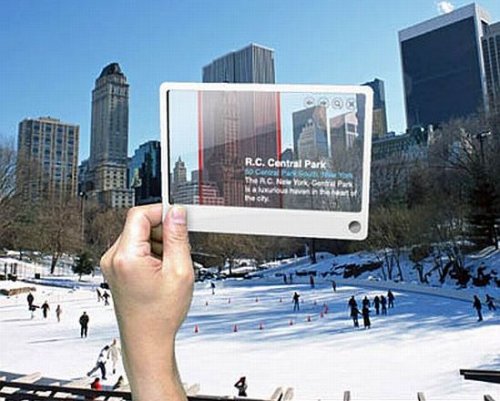A Introduction
A building code, or building control, is a set of rules that specify the minimum acceptable level of safety for constructed objects such as buildings and nonbuilding structures. The main purpose of the building codes is to protect public health, safety and general welfare as they relate to the construction and occupancy of buildings and structures.
The building code becomes law of a particular jurisdiction when formally enacted by the appropriate authority. Building codes are generally intended to be applied by architects and engineers. There are often additional codes or sections of the same building code that have more specific requirements that apply to dwellings and special construction objects.

 B History
B History
NESPAK (National Engineering Services Pakistan) Developed a Building Code for Pakistan in 1986. This document was however not enforced. The earlier version was based on the then current version of Uniform Building Code. It is very likely the updated version conforms to UBC 97. Meanwhile, interim recommendations being issued for Seismic Design are based on UBC 97. Structural Engineers in Pakistan have over the years been largely using current versions of UBC for Design.

 C Building Codes in Pakistan
C Building Codes in Pakistan
There is no general building code applicable in all parts of the country. Karachi, which has a relatively strong Building Control Authority, expects designs based on UBC 97 with zone 2B parameters. Most cities do not have any prescribed structural requirements. There are efforts to introduce a wider building Code, but these are at a very early stage. Some interim measures are being taken in the Federal Capital and earth-quake affected areas. Seismic maps have existed for a long time. Some Building Codes exist, but none has been made part of a Federal law.
Building code also provide detailed guidelines, procedures and recommendations, about design of various types of buildings in different conditions, choice and selection of materials and requirements for testing and inspection. These have been formulated keeping in view the construction materials and methods prevalent in Pakistan and the latest scientific knowledge available in building codes worldwide. In general, the following have been used as source documents:
- American codes and standards, including the International Code Council USA (ICC)
- American Concrete Institute (ACI)
- American Institute of Steel Construction (AISC)
- American Society of Civil Engineers (ASCE)
Currently, Pakistan's design engineers are using them in their general practice.

D Future Development
- Pakistan Building Code will be published, as a self-contained document for adoption throughout Pakistan.
- Upgrading of building code simultaneously and within the shortest possible time throughout the country.
- Subsequent revision of the Building Code after every five years or as and when necessary may be carried out by Pakistan Engineering Council.
- Launching an awareness campaign through print and electronic media to highlight the salient features of the Building.
- Holding series of public awareness seminars on the Building Code.
- Educating the builders about the red seismic zone.

E References
-
http://www.seaintarchive.org/group/seaint/
-
http://www.pec.org.pk/_buildingcode.aspx (Building Code of Pakistan Seismic Provisions-2007)
-
http://www.gsp.gov.pk/gsps_role.html
-
http://www.nhagov.pk/bldgcodes.html
-
http://www.pakistan.gov.pk/divisions/index.jsp?DivID=49&cPath=768




No comments:
Post a Comment
Don't forget to share your thoughts with us. Your feedback is invaluable.